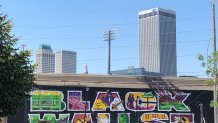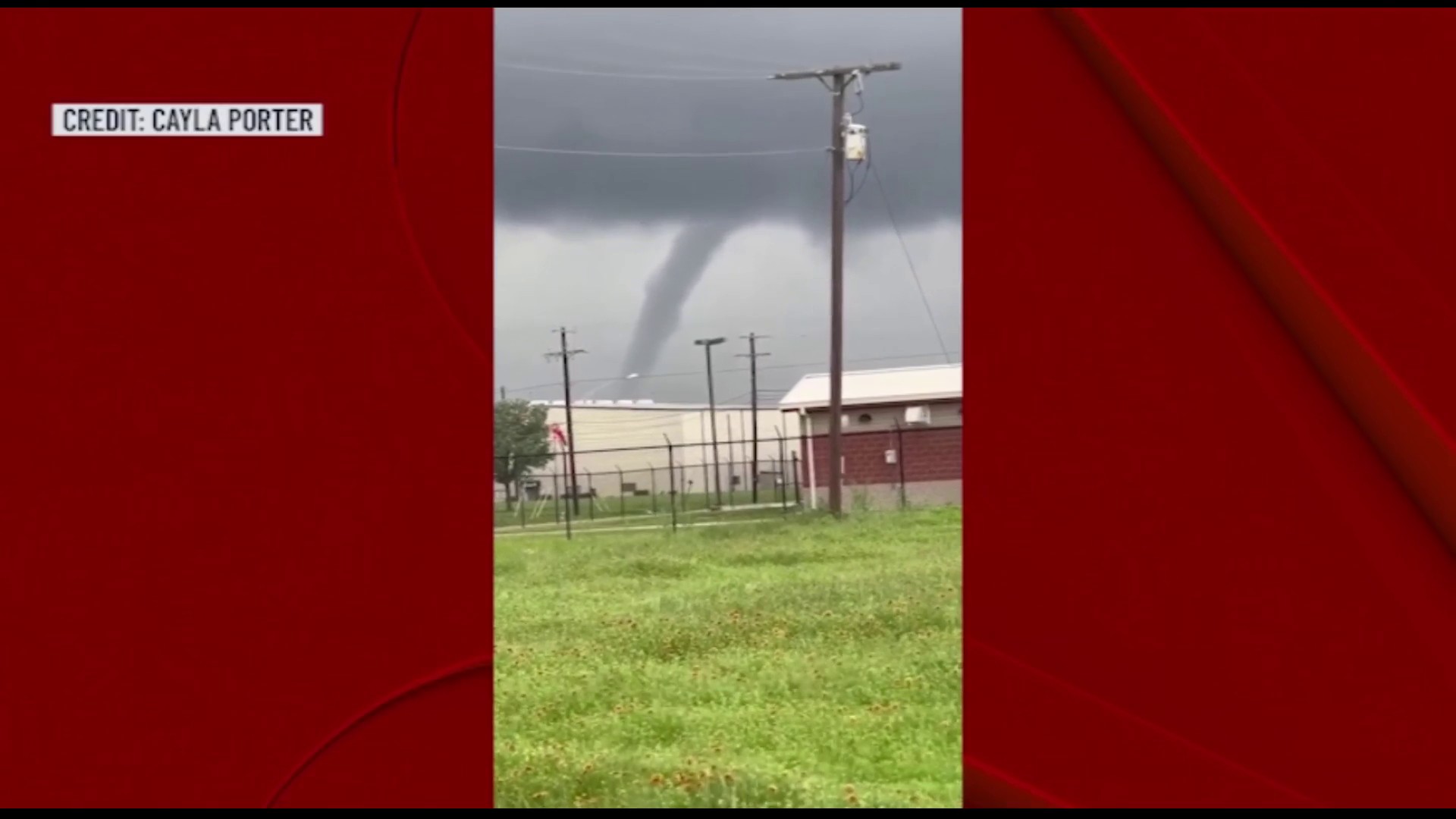Inside Black Wall Street Liquid Lounge coffee shop on Greenwood Avenue in Tulsa, Oklahoma they're one of a few businesses grinding away at a better future on Black Wall Street one cup at a time.
"We need to create a central business district for people of color,” Liquid Lounge co-owner Guy Troupe said. “There are great businesses throughout north Tulsa we just have to bring them together. It's called collective economics."
After leaving Tulsa in 1984, Troupe spent time in Dallas, Texas. Despite big city opportunities he felt drawn to come back home and be a part of Black Wall Street.
"Heard about the interest in Black Wall Street around the country in the last four or five years and the vibration and energy folks were talking about and I realized that at home we didn't have the same energy around that,” Troupe said. “So, I just wanted to come back and do my part."

He's not the only one.
Dr. Ricco Wright is the curator and owner of Black Wall Street Art Gallery. He gave up the art scene of New York City to move back home to Tulsa.
Local
The latest news from around North Texas.
"Coming back to Tulsa was what I thought would largely be like my legacy and doing work here for the people who contributed to my life,” Black Wall Street Gallery owner Ricco Wright said. “I'm a product of this environment and I wanted to give back to it."
Both men are working to revive Black Wall Street.
Right now, Black Wall Street is only about three blocks of Greenwood Avenue.
However, in the early 1900s the area of Tulsa's Greenwood Avenue was known as Black Wall Street because of all the black-owned businesses. It covered more than 35 city blocks.
"It was a powerful scene,” Black Wall Street Historian J. Kavin Ross said.
His great grandfather owned a business right on Greenwood Avenue.
“People would walk up and down the corridor of Greenwood. Especially at the night time and the nightlife. You had grocery stores, savings and loans, hotels, law offices, photography, anything you could think of," Ross said.
That rich and thriving community was destroyed in May 1921 during the Tulsa Race Massacre.
A Black man was accused of assaulting a white woman in a downtown elevator. That sparked white mobs to go into the Black Wall Street area killing hundreds of Black people and destroying businesses.
"Some of the photographs it looks as if this was a war zone,” program director of the Greenwood Cultural Center Michelle Brown said.
The Greenwood Cultural Center is a community space dedicated to sharing the history of the Tulsa Race Massacre and Black Wall Street.
“Survivors returned to the Greenwood district looking for their homes and businesses where they stood and found nothing but ashes," Brown said.
99 years later Greenwood Avenue is once again seeing development and new construction.
But along with the new, many want to make sure the history isn't lost.
To accomplish that some businesses along Black Wall Street are making sure to serve up a history lesson through conversations with their customers.
"How am I going to get people into a space where we can build community and have dialogue and the bait became art," Wright said.
At the same time, they are working to do what they can to bring Black Wall Street back to a thriving destination.
"Our other effort is really just to show that this once vibrant community can be and will be restored," Troupe said.
"Just like in New York you go to 125th street and Harlem it's a bustling area I want that same thing for greenwood avenue," Wright said.



